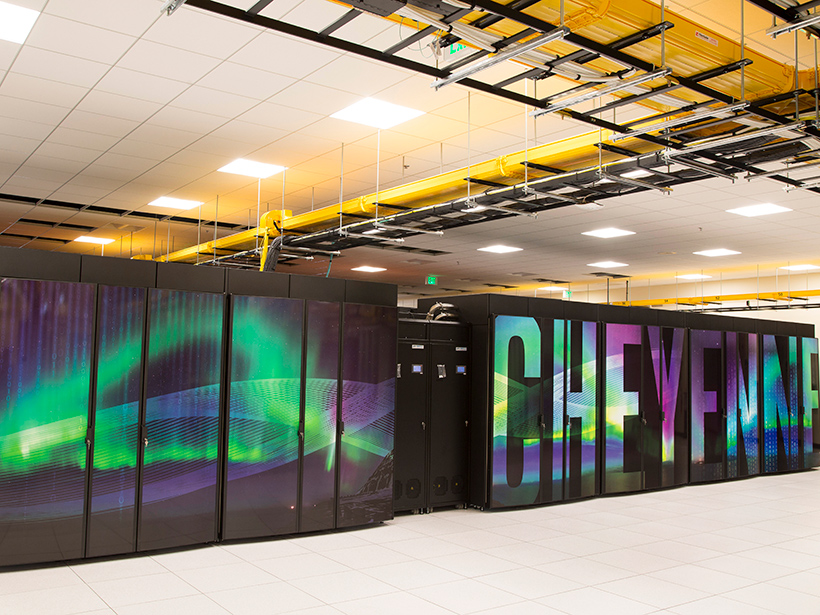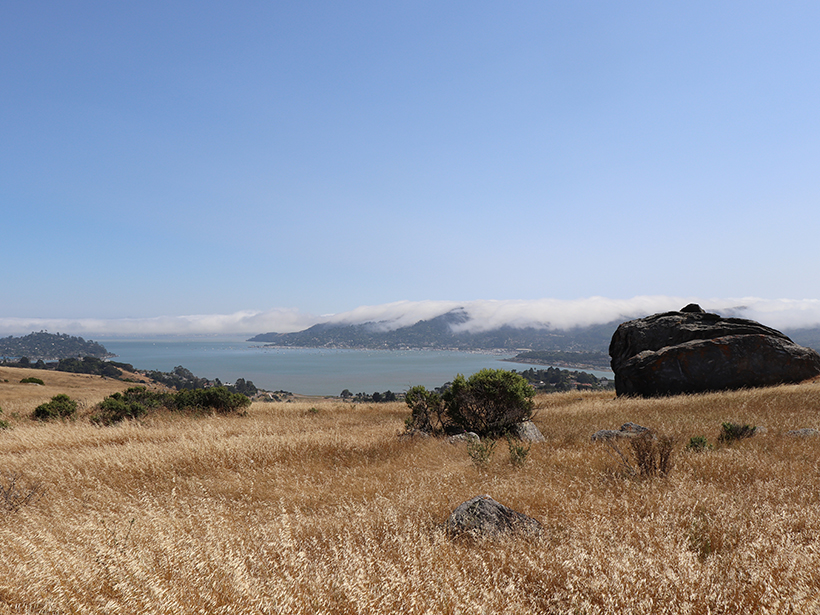A new U.S. Geological Survey report outlines how emerging technologies and cross-disciplinary collaborations are expected to empower new tools for managing hazards and resources.
apps & software
A Pandemic Pivot in Earth Science Outreach and Education
For some educators, restrictions imposed by COVID-19 created space for innovation and affirmed the value of online tools and learning environments for increasing access to and engagement with science.
Earth System Modeling Must Become More Energy Efficient
As weather and climate models grow larger and more data intensive, the amount of energy needed to run them continues to increase. Are researchers doing enough to minimize the carbon footprint of their computing?
Do You Know Your Home’s Flood Risk?
Search for your address in this new database and get an easy to understand indicator of the potential for flooding now and over the next several decades as climate change alters our environment.
AGU’s Online Learning Exchange Shares Education Resources
As teachers worldwide transition to virtual learning, expert educators offer a new place to find and share the best ways to keep your students on track.
2020 Hindsight: A Website for All Paleo-CO2 Data
A new website will soon compile and display all ancient atmospheric CO2 data.
How to Turn Your Smartphone into an Earthquake Detector
A free smartphone app tracks earthquakes using your phone’s accelerometer. One day, the app could issue emergency warnings to those in danger.
A Streetcar for the Digital Age
A Streetcar to Subduction for the digital age: AGU revises a classic guidebook using Google Earth.
Virtual Super Instrument Enhances Solar Spacecraft
The same algorithms that help control self-driving cars and speech-to-text functionality have helped build a virtual instrument to study the Sun.
Improving Reproducibility in Earth Science Research
Earth scientists need software technology that better integrates legacy data with current and future processing capabilities so they can assess and reproduce their colleagues’ results.










